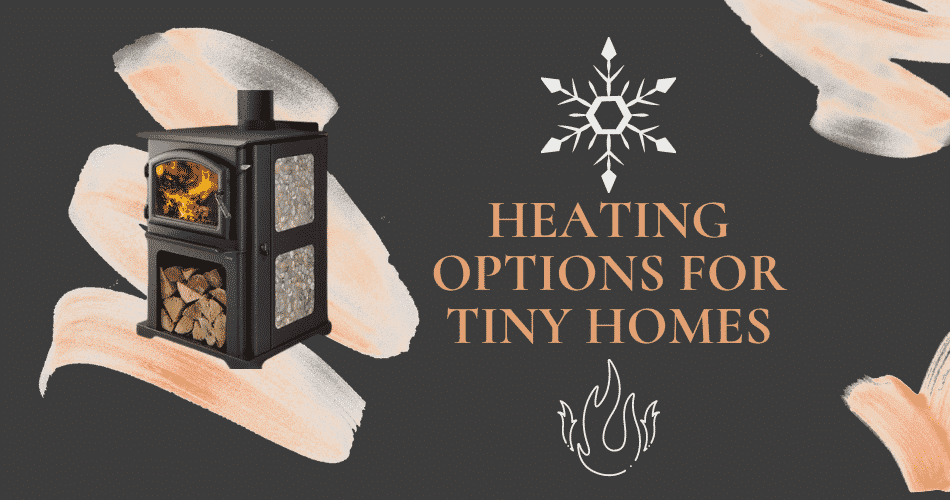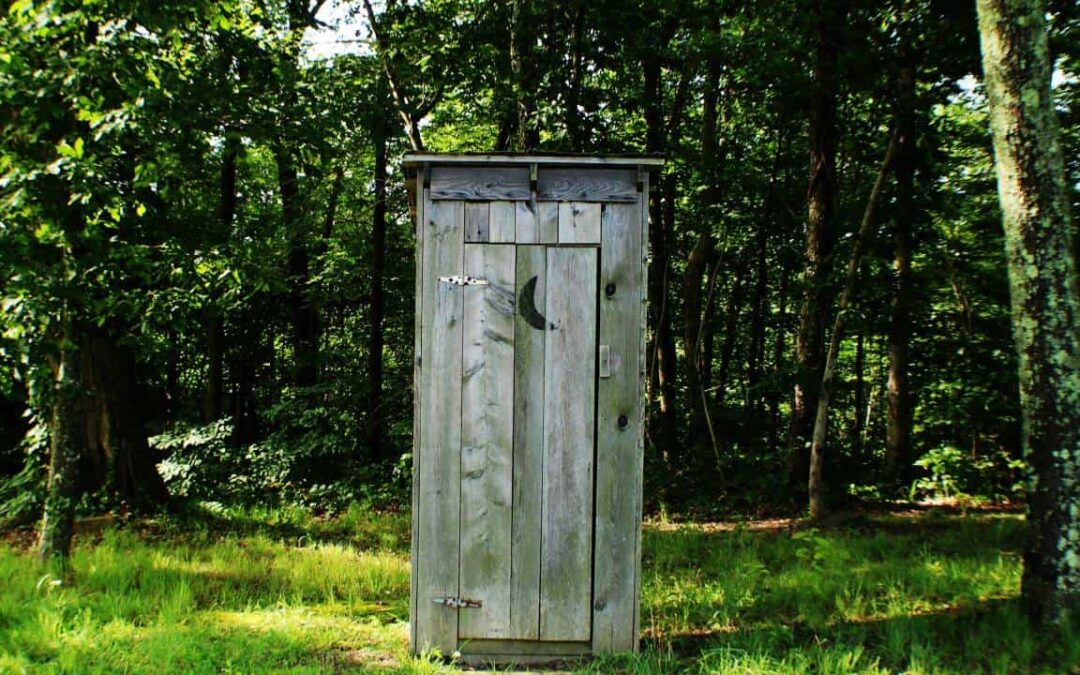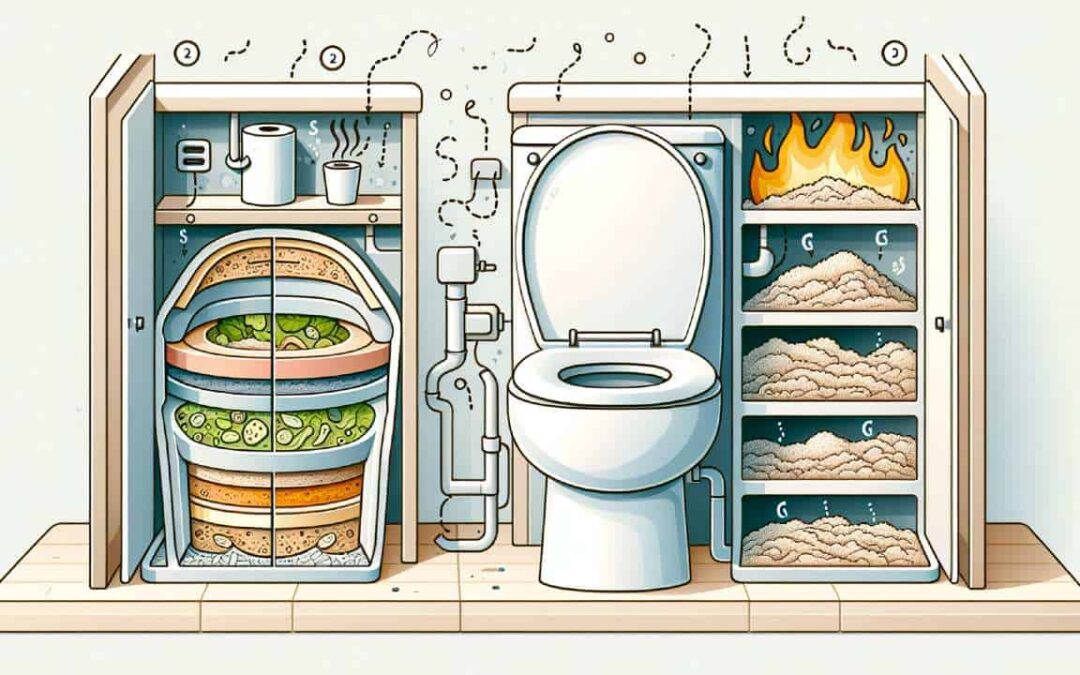Tiny homes are more popular than at any other time in history. This popularity is due, in part, to the fact that they encompass all the design and materials of an actual home, not a camper. A tiny house is portable when on wheels, or permanent when on a foundation. They all need heat.
Solving the heating problem is a matter of choosing what works best for your individual needs. A grid-tied tiny house on a permanent foundation may have electric heat. This solution doesn’t always work well for mobility, however. If you’re confused and unsure, we’ve got your answers.
We’ve put together your options for staying warm, even in the coldest of months. Whether you are on the road or parked in the back of your in-law’s home, we’ll cover the options from which you may choose.
There Are Four Main Sources of Heating:
Electricity
This method requires a connection to the power grid. For some, this isn’t the desired outcome and will not be an option. For those who merely wish to live more simply, with fewer possessions and a goal of minimalism, electricity is a feasible idea. Power lines are available in virtually any location with grid accessibility.
Cost may be a factor. Running new power lines is very expensive. Some utility companies require payment for this service in advance, which could cost several thousand dollars. Financially, this may not be the best choice for everyone. You will receive a monthly bill for the power used, which can be quite costly as well.
Solar electricity would not be adequate for portable heaters or baseboard heaters unless you are permanently set-up on a piece of property to allow for a solar array to be placed that is quite large. Portable heaters use a lot of power to produce heat. While you will not receive a bill, you may not have enough electricity to run both the heat and additional electric appliances.
Generator
Portable generators are handy things to own when you need a back-up power source. On average, a tank of gasoline will keep a generator running and producing power for 8 to 10 hours. Most generators hold approximately 4 gallons of gasoline. The oil should be topped-off each time it gets started.
With the cost of gasoline over $2 per gallon in most places, it will cost $16 per day to keep a generator running around the clock. The heat will need to be running while you sleep, necessitating that a generator will run at night as well. Portable generators are noisy; portable generators are not affordable; portable generators are bad for the environment. If you chose the tiny life to ‘get away from it all’ and enjoy a quiet life, generators are a poor choice.
Generators need constant adjustment of the valves to keep them running right. The throttle springs wear-out within weeks, and you must replace them often. Choosing to use a generator for your heating needs would mean being very good at mechanics.
Propane
Propane is a liquid fuel that quickly turns to gaseous when exposed to the air. Portable propane tanks are available to exchange for full tanks at most grocery stores, convenience marts, and some gas stations.
A 16-pound propane tank is often called a 20-pound tank, but most tanks are not 20-pounds anymore. A 16-pound tank will hold roughly 4.6 gallons of propane. Taking the tank to a location to be refilled is cheaper than exchanging it for a full tank. A refill will cost you 4.5 multiplied by the cost of the propane per gallon. Propane is usually less expensive than gasoline per gallon.
Portable, vented propane heaters are a great choice as they are efficient and affordable, not to mention they are also very portable. Propane doesn’t require you to have grid ties. Should your plan include a permanent location, it is possible to save money by purchasing larger quantities of propane in a fixed tank.
A truck will drive propane to your location and fill your tank. Having propane delivered is cheaper over the long term but will cost more out of pocket with each fill-up.
Be very careful to install a vented propane heater only. Non-vented heaters release moisture into the room that can become problematic. The dampness that dissipates into the room will accumulate on walls, floors, and insulation. This moisture can lead to mold.
Wood
Wood burning stoves are the most used option. A wood stove can be the primary source of heat or a backup source. Wood stoves also create an ambiance that is hard to beat. Most people fall in love with the crackling of a fire in the background all winter long.
To choose the right wood stove, research stoves that are made exclusively for tiny homes. Thankfully, we did the work for you here in our tiny home wood stoves reviews here.
Installing a wood stove rated for more than 5000 BTUs will have you sweating all winter. A 3000 BTU wood-burning stove will keep 100-square-feet toasty warm. Anything larger is overkill.
Choices include stoves with a glass door or one without glass. The see-thru option is far more expensive but often well worth the additional cost. Consider installing your wood stove on a brick hearth with a masonry wall.
This masonry wall will provide you with an added layer of protection from fire, but it will also provide a source of heat absorption that will slowly release heat into the room, even when the fire dies. This additional passive heating will allow you to sleep a bit longer before you must climb from your cozy bed to stoke the fire.
No matter which heating choice you make, make sure that you install it safely. Consider all the options and price the fuel necessary. Ensure that the fuel type that you need is available in your area. It isn’t ideal when you discover that propane isn’t local after you install a propane heater.
Don’t forget to source your local marketplace for used items. Wood stoves are often on sale.



